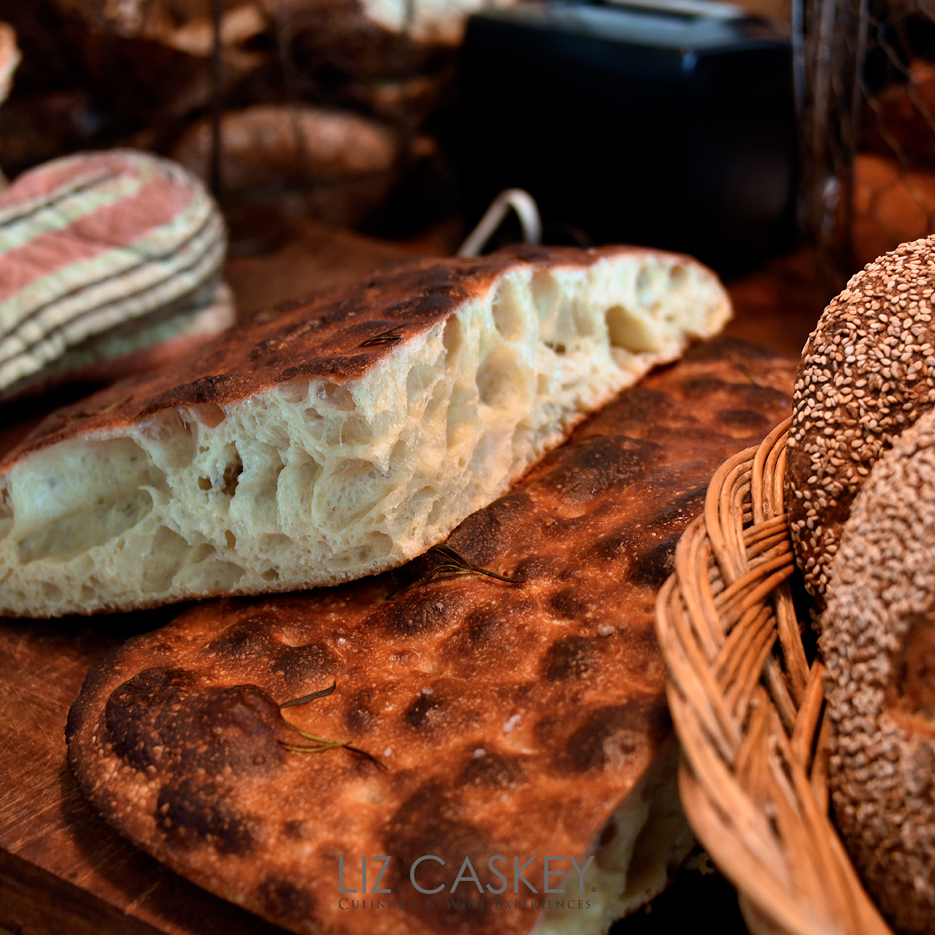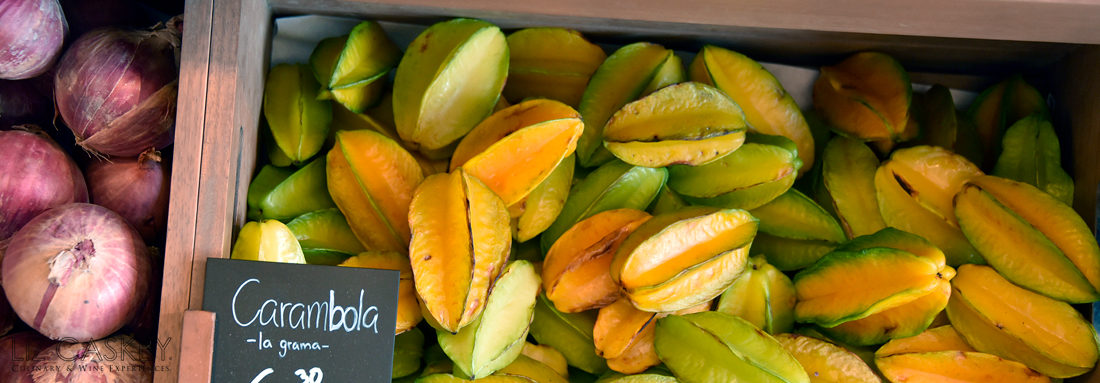
Flour, yeast, water, salt.
Plus time and temperature.
Those are the ingredients to make good bread. It is simple–but not easy to make. Not without a lot of practice, and patience. That’s why baking bread is a craft.
To be honest, it’s a realm of the kitchen that I had avoided for years. I perceived it to be “complicated” and “fiddly”. Hard to master. I liked the freedom of intuitive cooking–going to the market, seeing the ingredients, and spontaneously deciding how to prepare them. Baking was the antithesis of this. It was all about proportions, exactitude, chemistry. What I hadn’t calculated, though, was how incredibly rewarding baking could be–and the mindfulness it could bring to life.
That was until I saw “Cooked” on Netflix. Then everything changed…
Cooked featured four segments exploring the elements that transformed human existence: fire, water, air, and earth. Specifically, the chapter on “Air” was enchanting. Certainly, air is the most elusive element–we cannot see it. There’s something magical about air because it transforms food by getting into it…like a loaf of bread. My fascination with artisan bread baking had been officially born.
During Pollan’s exploration into the science, and artistry, of bread-making, he visits the baker Richard Bourdon of Berkshire Mountain Bakery. This man is one of the main voices behind the natural (sourdough) fermentation movement and has been the teacher, and mentor, to many of the most famous bakers like Chad Robertson of Tartine Bakery in San Francisco.
Bourdon is an old master. He has been practicing his craft for over four decades and his mission is to share “the proper way to make bread.” By that, he establishes immediately that grains are not digestible, so the first goal of making any bread is to break them down with fermentation. “Fermentation,” as he declares, “is the key to health”. In the documentary, his words flow like poetry. His passion for bread is so palatable. He transmits total conviction and love for his craft that it moved me on such a deep level I felt I had to go deeper into it. Beyond the craftsmanship, what he was modeling was how bread is a metaphor for living life wholly.
I was inspired to try bread making, but I knew nada about it. Picking up a book to try on my own seemed like guaranteed frustration. I would give up too easily–I knew myself. So I signed up for a 6-week baking class with Fran Leyton of La Panadera in Barrio Italia (Santiago).
The first day of class, I arrived a hot mess. Completely panic-stricken. All of a sudden, there was talk of a scale for precise measurements and employing ratios. Ohhhh noooo!! My non-numeric brain was spinning.
Following her instructions, we started with a “simple” pan de campo, a rustic sort of batard. As I mixed and tried to knead, my worse cooking fears were materializing. The dough was too damn sticky, and getting stickier by the minute. It looked like wet cement glued to my fingers. Ten minutes into the class and my fate was already sealed. I was totally going to suck at baking! Fran the baker appeared like an angel over my shoulder and chimed, “There’s no bread that cannot be remedied without a little tweaking of the flour and water proportions–and kneading. Don’t despair querida.”
“Right, Liz. Don’t despair.” I looked down at my thickly battered fingers (goodbye manicure!). Doubtful.
Somehow, though, I did persevere. I just threw myself in. Who cared (except my ego)? I didn’t have to show anything, know anything, prove anything. I just had to show up and be willing to get down to business and learn. As we say in Spanish, “meter las manos a la masa”, put your hands in the dough (rough translation: just get to it).
I had to be willing to go down a new (unknown) road in the kitchen. The kitchen is a place where I always feel at home, totally in my element. Bread baking completely pulled me out of my comfort zone and my control freak mind was losing it. It rambled helplessly with “buts”:
“But how do I know if…it’s kneaded enough? Oh wait, look, but it’s too wet/dry/bumpy/smooth. Oh, no, what did I do now? Look, it didn’t puff up as much as that girl’s. But how do I know if I added the right amount of yeast? These goddamn ratios! Who can remember them? I was terrible at math in school. How do I even know if it is cooked? If I eat undercooked bread, will I totally throw off all my gut bacteria?”
And on and on. Finally, I decided I had to try with no expectations. All the bread creations could all flops and I had to be okay with that.
During those six weeks, we experimented with different fermentation styles, lengths, hydrations, and yeasts. We made Chilean marraqueta, batard, pan de campo, whole wheat, rye, ciabatta, baguette, brioche, sweet bread, among others. Even if my bread looked passable, sticking it in the oven to bake was a chemistry crap shoot. When it emerged like actually looking like a beautiful bread baby, I would cry out of pride. When my first attempt at a sourdough looked like a squashed pancake and tasted terrible, I felt like I had failed college finals. Full disclosure: 50-50 outcome. I was humbled. I got consistently frustrated. The class was hard but fun. Even in the failing, it was somehow satisfying. At least I was trying to make something bread-like.

By the end of the class, though, a funny thing emerged. Making bread had started to feel kinda intuitive. I started seeing patterns in the ratios; I could sometimes anticipate results. I remembered a few basic recipes without looking at my notes. When I got to that “sticky point” where the bread becomes this big, gooey heap on the bench (previously a meltdown moment), I just kept working it. Add a little more flour. Knead. Oops, went too far. Add a little water. Knead. Feel it. Keep going.
Yes….feel it.
That was the key to baking–and perhaps just learning to loosen up my grip on life and lean into it more.
Sure, in baking there’s so much science and chemistry happening, but making bread also requires presence and feeling the dough. I liked that part a lot. I could be participative in its transformation from moment to moment.
No book could have made taught me this last piece. I could only learn by doing. By making mistakes. Correcting them. Gaining experience with the ingredients. Growing my own confidence as I went through the baking process again and again.
A few years have passed since that bread class now. I still make bread at home, albeit sporadically. Some attempts are better than others. However, exploring that curiosity about bread making gave me a deep appreciation for the craft, the science, and the alchemy of how flour, yeast, salt, and water come together to make this magical, nutritious food that has sustained humanity for thousands of years.
And perhaps my biggest takeaway was a deeper understanding of how bread is a real living thing that we, quite literally, breathe (air) into.












